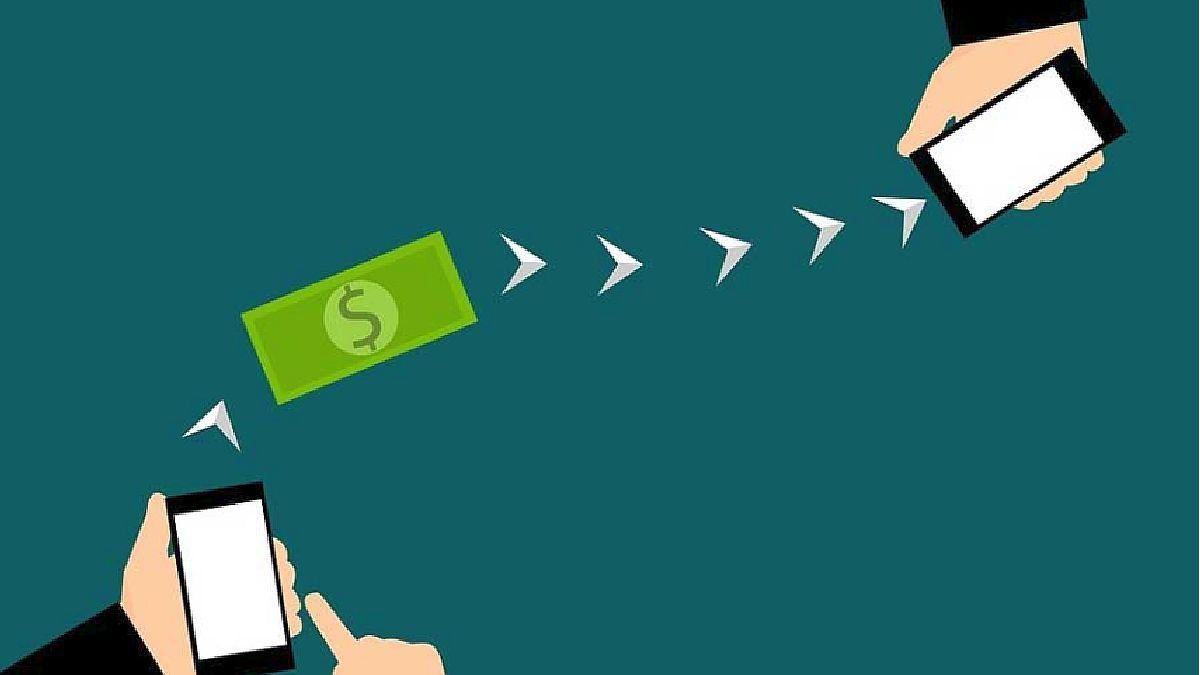A study in the region on the state of financial inclusion after COVID, shed light on the progress of financial services. What are the pending accounts and what stands out as positive.
In Argentina, the use of cash fell 20% for monthly expenses, according to the study “The State of Financial Inclusion post COVID-19 in Latin America and the Caribbean: New Opportunities for the Payments Ecosystem.” Caribbean: new opportunities for the payment ecosystem”) prepared by Mastercard. This is a positive fact that shows an important advance in the financial inclusion of the country and the boom that digital payments are having.
The content you want to access is exclusive to subscribers.
The study was carried out jointly with Americas Market Intelligence (AMI) where the situation of the region in relation to progress in financial services was analyzed.


What were the main results
- Although the majority of Latin Americans had access to basic financial products between 2020 and 2023, 21% are still excluded.
“Financial inclusion is a priority, and it goes beyond access. To be truly successful, financial services have to be widely accepted. Helping people and communities climb the financial inclusion ladder – from access to use and beyond – is a critical element on the path to reaching new levels of economic prosperity,” said Marcela Carrasco, Senior Vice President of Market Development. , Financial Inclusion for Latin America and the Caribbean.
- Access to credit: Although 58% of Latin Americans have a credit card, only 3 out of 10 have access to other forms of credit, such as loans, insurance or investment products.
- Financial inclusion is not evenly distributed: only 59% of low-income respondents and 40% of respondents living on the outskirts of large cities indicated having an account.
- National governments played an instrumental role in promoting financial inclusion: 15% of respondents indicated that they accessed their first savings/deposit account thanks to the digitization of government assistance.
- Consumers continued to climb the rungs of the financial inclusion ladder—adopting products like investments, insurance, and Buy Now Pay Later solutions at a faster rate.
The state of digital finance and cash
While the use of cash for everyday expenses has declined in favor of digital payment methods, consumers live in an era where cash coexists with digital payment methods. 25% of those consulted responded that, before COVID, they used cash to cover more than 75% of their monthly expenses; in 2023 this number dropped to 15%.
- the use of cash: In all countries, a drop in the use of cash can be observed for more than half of the monthly expenses of consumers. Specifically, Argentina reported a 20% decrease, Brazil and Mexico register the most drastic reductions (-17%) and in Peru and El Salvador, known for being at an earlier stage of digitization, the reduction was less dramatic, with 8%. and 5% respectively.
- The role of accepting payments: Despite this encouraging decline, cash is still the most widely used everyday payment method, reflecting the important role small businesses and public transportation play in accepting digital payments.
- The digital pivot of small businesses: Most of the small businesses consulted (92%) reported accepting some type of digital payment. By far the most accepted payment method is P2P or bank transfer (82%), followed by online marketplaces (33%) and QR code (32%) in third place. And yet, these numbers also indicate high levels of informality and the use of personal accounts, since the aforementioned platforms do not require formalized trading.
- ecosystem incentives: Dethroning cash requires further examination by digital payment providers to create solutions that offer relevant incentives to payers, consumers and merchants.
- Mobile phones: With a penetration of 80% in the region, mobile telephony is now an integral part of the payment process: 88% of those consulted indicated that they use their cell phones to carry out transactions and the majority (55%) prefer to use a mobile channel to To open an account.
Access to different forms of credit remains an essential component of financial inclusion. In the same way, those consulted stressed that access to financial education is just as important, reinforcing the idea that financial inclusion is not only about offering products, but also about understanding unbanked populations and offering them benefits according to their needs. Despite the gaps that still exist in Latin America, consumers report that financial inclusion has positively impacted their lives.
Source: Ambito
I am a 24-year-old writer and journalist who has been working in the news industry for the past two years. I write primarily about market news, so if you’re looking for insights into what’s going on in the stock market or economic indicators, you’ve come to the right place. I also dabble in writing articles on lifestyle trends and pop culture news.




